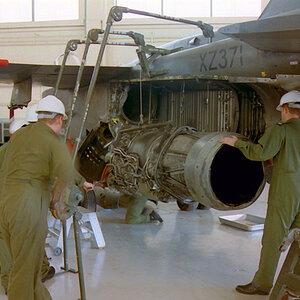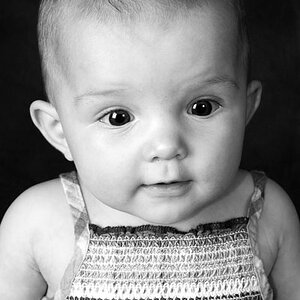CdTSnap
No longer a newbie, moving up!
- Joined
- Mar 15, 2014
- Messages
- 719
- Reaction score
- 326
- Location
- Auckland, NZ
- Can others edit my Photos
- Photos OK to edit
Hi team
I'm trying to solve a little issue with the huge RAW files from my A7R2's
Basically I just want to speed up my workflow for next wedding season, my computer is a beast, its not that at all im just trying to get it even faster. I really want to get it as fast as possible.
I have over 40 weddings next summer and I want to edit them fast without lag god dam Sony's lol amazing files but way over kill for weddings.
god dam Sony's lol amazing files but way over kill for weddings.
One thought I had was importing all the RAWs to Lightroom then exporting them as DNG's with a max size of 6000px on the long edge then re-import with 1:1 previews and smart previews etc
What you think? Any other ideas?
I'm trying to solve a little issue with the huge RAW files from my A7R2's
Basically I just want to speed up my workflow for next wedding season, my computer is a beast, its not that at all im just trying to get it even faster. I really want to get it as fast as possible.
I have over 40 weddings next summer and I want to edit them fast without lag
One thought I had was importing all the RAWs to Lightroom then exporting them as DNG's with a max size of 6000px on the long edge then re-import with 1:1 previews and smart previews etc
What you think? Any other ideas?


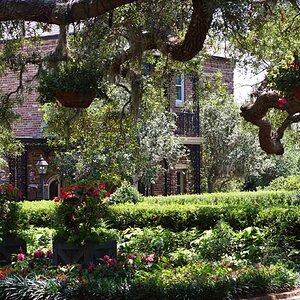
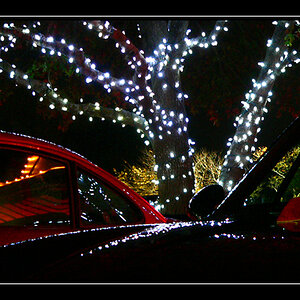
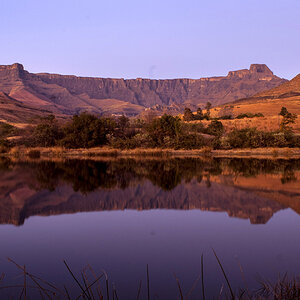
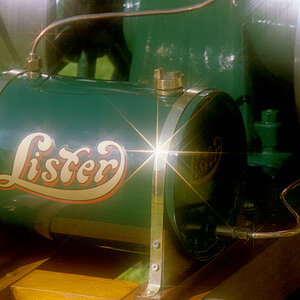
![[No title]](/data/xfmg/thumbnail/33/33340-27d18dd642b5257e4b9a04a4c1feffd1.jpg?1619735910)

